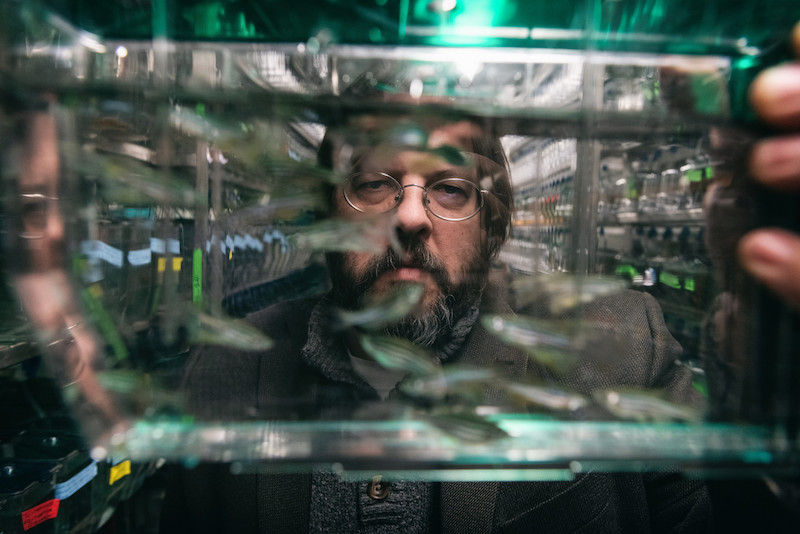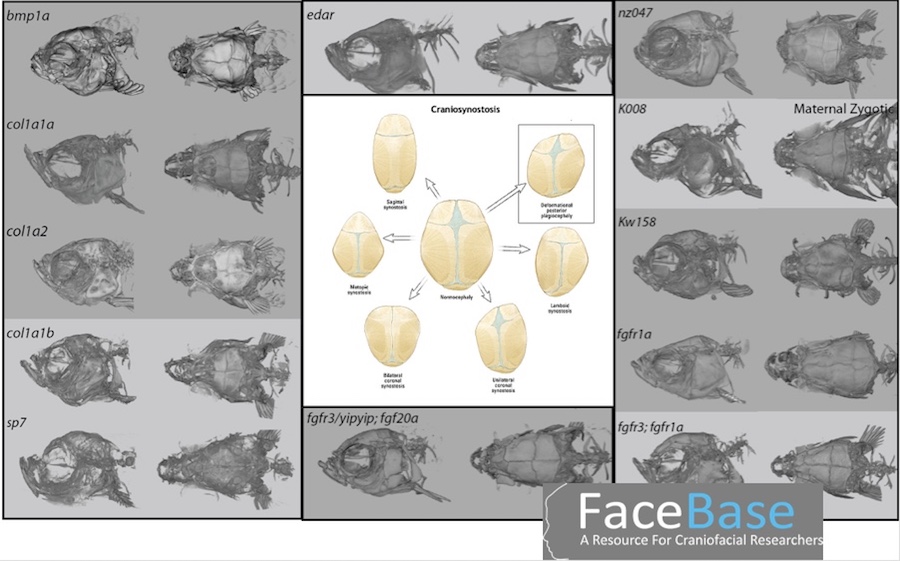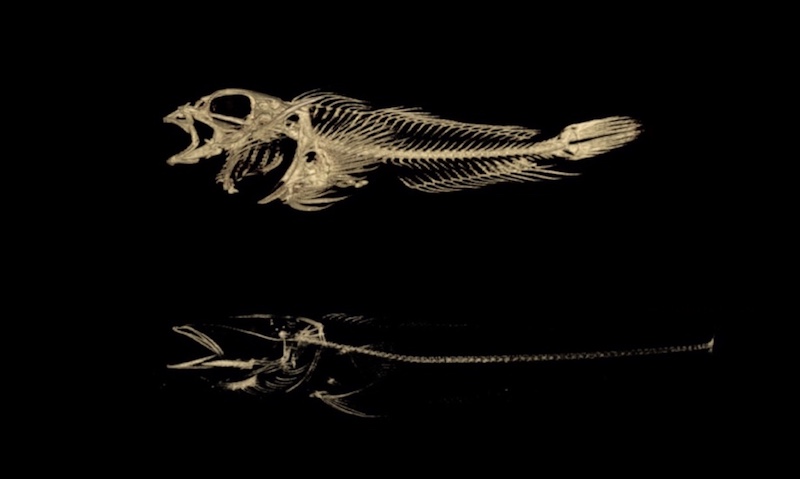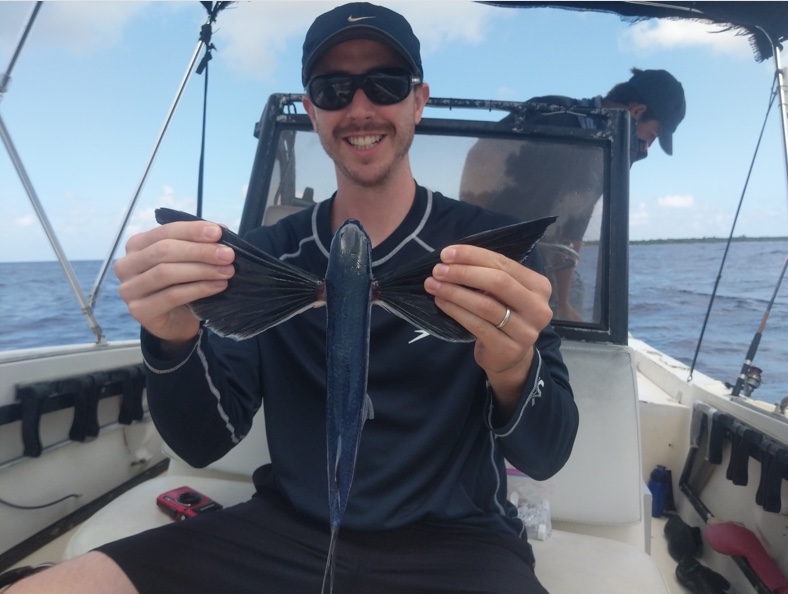
From fragile ice fish deep in the Antarctic Ocean to flying fish gliding above the Caribbean Sea, fish have evolved a fascinating variety of skeletal traits.
These traits not only help them adapt to their environments, they also provide genetic insights into rare human skeletal disorders.
Fish are not as genetically different from us as you might think, and collaborations between Matthew Harris, associate professor of genetics in the Blavatnik Institute at Harvard Medical School, and doctors and surgeons in the community are starting to bridge the gap between the natural and clinical worlds.
Why fish?
Harris started out studying marine biology, then later moved into developmental genetics, using evolutionary adaptations in fish to unlock the potential of the human genome.
His research questions are broad, such as “Why do organisms maintain variations in their genome that are potentially harmful?” But the answers could lead to practical applications in medicine and perhaps new treatment approaches for children with skeletal anomalies.
In addition to studying fish in the wild, Harris’s lab develops zebrafish that accurately model human skeletal disorders to better understand the underlying mutations and biological mechanisms.
Zebrafish make good models because they are small, easy to manipulate and inexpensive, breed quickly and have a significant genetic overlap with humans, sharing about 80 percent of their genomes through a common ancestor.
“At one point, we were all fish,” said Harris, who is also associate professor of orthopedic surgery at Boston Children’s Hospital.
At one point, we were all fish.
Matthew Harris
Professor of genetics, HMS and Boston Children's






